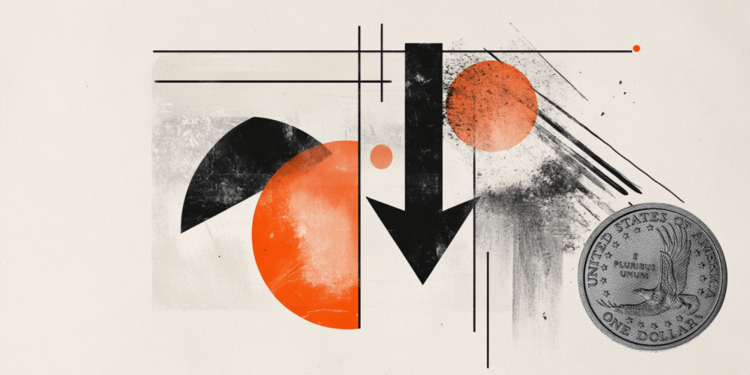Many of us are familiar with the advice that we should brush our teeth twice a day, and for at least two minutes each time. Many of us overestimate how long we brush our teeth—up to a full minute in some cases. However, there is evidence that even two minutes of brushing your teeth may not be enough.
According to the research, removing as much plaque as possible gave the best results in three to four minutes. Does this mean we should double our brushing time?
Dentists began recommending that we brush our teeth for two minutes in the 1970s and then use a soft-bristled toothbrush afterwards. However, today’s consensus is primarily based on studies published since the 1990s that have looked at brushing times, techniques, and toothbrush type.
These studies showed that two minutes of brushing led to good (but not excellent) plaque reduction. However, while brushing for longer than two minutes has been shown to remove more plaque, there is still a lack of research evaluating whether longer than two minutes of brushing is associated with better long-term oral health compared to two minutes.
Based on what we know about the damage from plaque overgrowth, it’s likely that removing more each time you brush is linked to better oral health. It is also important to note that this lack of evidence is because long-term studies can be difficult to conduct.
Why do we brush our teeth?
When we brush our teeth, we do it with the main objective of removing microbes (known as dental plaque) from the tooth surfaces. This plaque is an accumulation of bacteria, fungi and viruses that live together in a community known as the microbial biofilm. Biofilms are very sticky and can only be removed by brushing.
Many things can facilitate the growth of these microbes, including rough areas on the tooth surface (such as some fillings), being unable to reach certain areas with a toothbrush (such as the spaces between your teeth), or having braces. In fact, plaque biofilms regrow on our teeth within hours of brushing — which is why we are advised to brush twice a day.
Not brushing your teeth properly or long enough can lead to higher levels of plaque, which can ultimately trigger our body’s immune response — leading to inflammation and diseases like gingivitis.
The inflammation is usually not painful, but it usually causes bleeding gums when brushing and sometimes bad breath. Biofilms can also cause cavities.
proper technique
The goal of brushing your teeth is to reduce the amount of plaque on each tooth as much as possible.
Current evidence suggests that spending more time brushing — up to four minutes each time you brush — results in cleaner teeth. This longer brushing time means we can clean our teeth more effectively and get to the hard-to-reach places.
But be careful not to brush too often (like more than twice a day) and avoid brushing hard or using toothpaste and abrasive brushes, as this can also damage our teeth and gums — especially when using a toothbrush. teeth with hard bristles or abrasive toothpastes.
There are many different brushing techniques you can use to brush your teeth properly. One of the most recommended is the modified “Bass” technique, which aims to clean up at and below the gumline — the area where plaque forms first and is most likely to cause inflammation.
You should always brush your teeth with a gentle force — although precisely how difficult this would currently be is not conclusive. Gentle brushing is preferred so as not to damage the hard and soft tissues of the mouth.
Many factors can affect the type of technique, brush and toothpaste or floss you use. For example, people who may have damaged the surface of their teeth from drinking too many acidic sodas may have weaker teeth.
This can mean they are more susceptible to additional damage to the teeth if they use abrasive toothpaste and stiffer bristles. It is worth consulting your dentist to find out what to use for brushing.
flossing
Interdental cleaning—which most of us simply know as flossing—is also recommended with brushing your teeth. Studies have found that tooth decay and gingivitis can be reduced by flossing.
The most effective way to floss is to slide the floss between the gum and the tooth and hold it firmly against the tooth — so that the floss “hugs” it — and rub along the tooth surface. a gentle up and down motion, gently advancing the floss below the gum line.
Interdental brushes, which can be placed between your teeth at the level of the gums, can be even more effective.
Less is known about other cleaning aids — including toothpicks, water jets, or tongue cleaners — and how effective they are.
While we’re used to the advice that we should brush our teeth twice a day for two minutes at a time, it’s important that we also focus on using proper technique to ensure we’re brushing thoroughly and properly.
Brushing for longer than two minutes can also help ensure that more plaque is removed from your teeth — which will likely lead to better oral health.
Josefine Hirschfeld is an academic clinical lecturer in restorative dentistry at the University of Birmingham.
Republished under a Creative Commons license from The Conversation.
(*Translated text. Click here to read the original in English)
Reference: CNN Brasil







